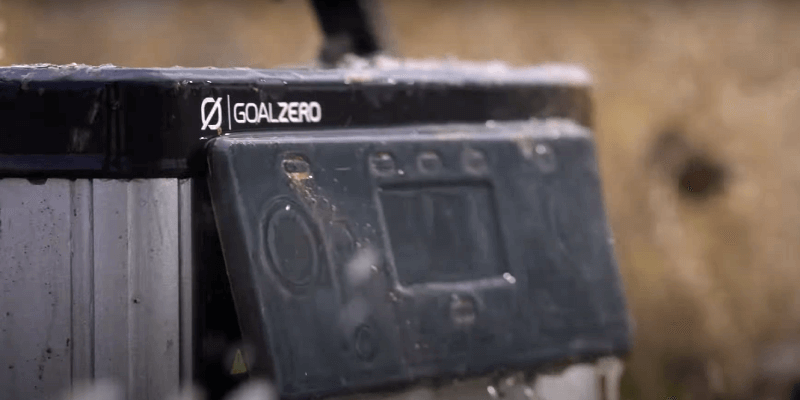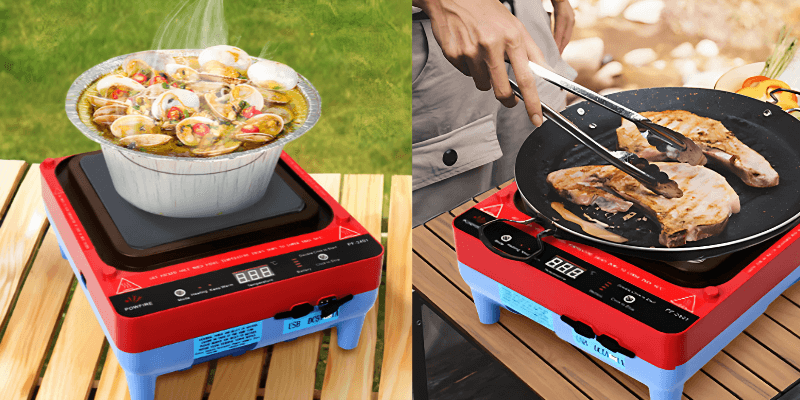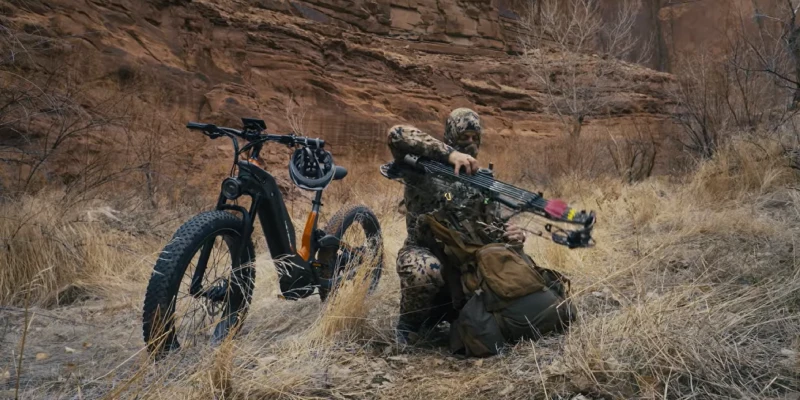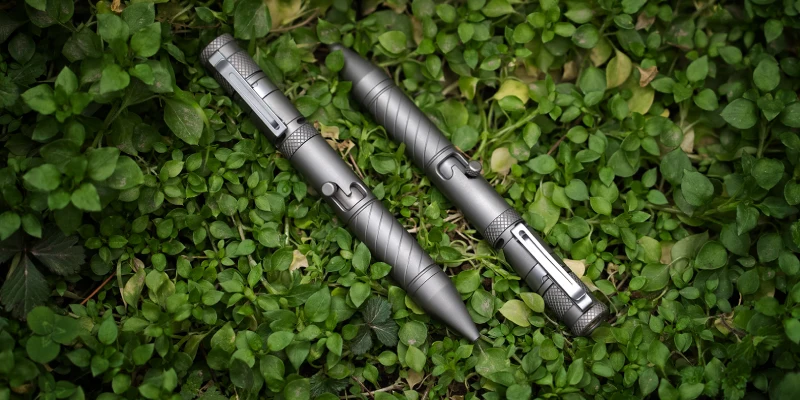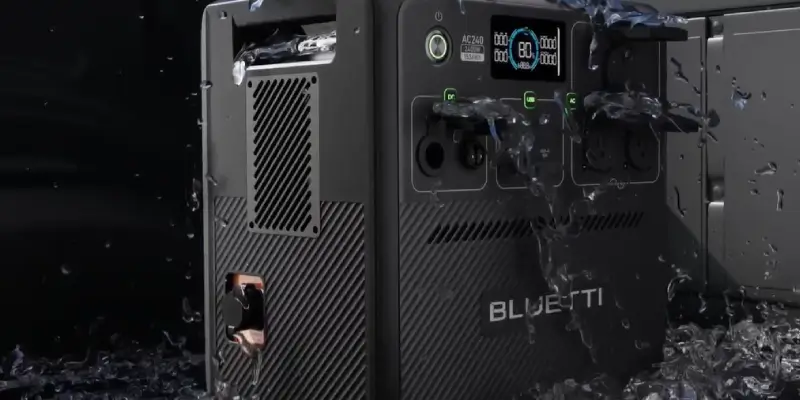After a while, Goal Zero, one of the premier makers of solar power stations, unveiled a series of fresh power stations at CES 2024. With a heritage of around 15 years in the market, the brand has had some setbacks in recent years with the arrival and dominance of brands like EcoFlow and Bluetti.
This year at CES, the brand unveiled three power stations with the latest LFP battery packs. The models, as you might have heard of so far, are the Yeti 300, Yeti 500, and Yeti 700. The new models, along with featuring the latest fast-charging and ultra-safe battery technology, are designed to resist mud, dirt, and even water to some extent.
Apart from the new power stations, Goal Zero also joined the party of portable fridges with EcoFlow and Bluetti by unveiling two models: the Alta 50 and Alta 80.
I would like to explore the Goal Zero portable fridges in another article by comparing them against EcoFlow’s Glacier and Bluetti’s brand-new MultiCooler. Here, I would like to see how the new Goal Zero power stations are different from each other in specs and features.
Will the 6th Gen Models Save Goal Zero?
The most highlighted features of the new sixth-generation Yeti power stations, as per the brand’s CES 2024 communique, are the LifePO4 battery chemistry, protective mud flaps, and, of course, easy-to-carry compact designs.
Goal Zero has been long hesitant about the introduction of LFP batteries in its power stations, even if models from Bluetti and EcoFlow with the latest battery technology dominated the markets for several years.
In my view, this was one of the main reasons why Goal Zero faced some challenges in the market and was largely outplayed by the newcomer competitors.
Will the new compact LFP power stations save Goal Zero?
I think it is too early to say, but let us hope for the best. Pricing will certainly be a deciding factor. The brand should price its new models more competitively, especially when the market is saturated with advanced mid-size and compact power stations that feature highly sophisticated batteries, seamless portability, incredible scalability, and weatherproof designs.
Goal Zero Yeti 300 Vs 500 Vs 700
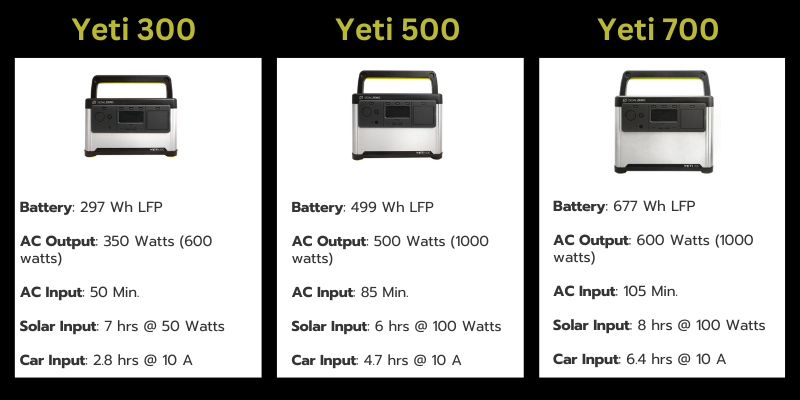
The new Goal Zero Yeti power stations – Yeti 300, Yeti 500, and Yeti 700 – are compact power stations with a battery capacity of 297 Wh, 499 Wh, and 677 Wh capacities and inverters of 350 watts (600W peak), 500 watts (1000W peak), and 600 watts (1000W peak) respectively.
All the models support a maximum solar charging input of up to 200 watts, and you can use the brand’s own Nomad folding solar panels to recharge them from the sunlight.
It will take around 50 to 105 minutes to recharge the batteries from a wall socket and seven to eight hours from solar panels.
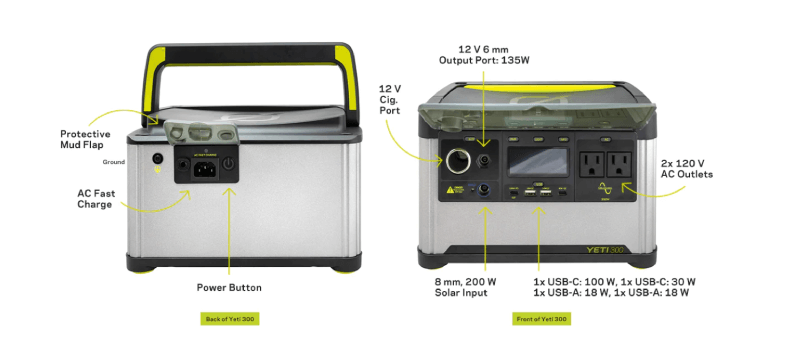
These Yeti batteries have strong competitors on the market. In the EcoFlow lineup, we have the River 2, River 2 Max, and River 2 Pro as alternatives to the new Yeti power stations, whereas in the Bluetti lineup, the AC2A, EB3A, EB55, and EB70S are the alternative options.
The New Goal Zero Price and Release Date
Goal Zero has not announced the price details of the new Yeti models, but they will hit stores by the end of January 2024, along with the new outdoor fridges from the brand.
We will keep you updated on the price and release date details of the sixth-generation Goal Zero Yeti power stations here. Stay tuned.

Liam Eck is a full-time blogger who is passionate about green and sustainable lifestyle inventions and products. At PureInvents, he covers the topics of green technology, alternative energy, solar energy storage systems, and other smart and green inventions. #Contact Liam at liameck@pureinvents.com – Twitter – Reddit
